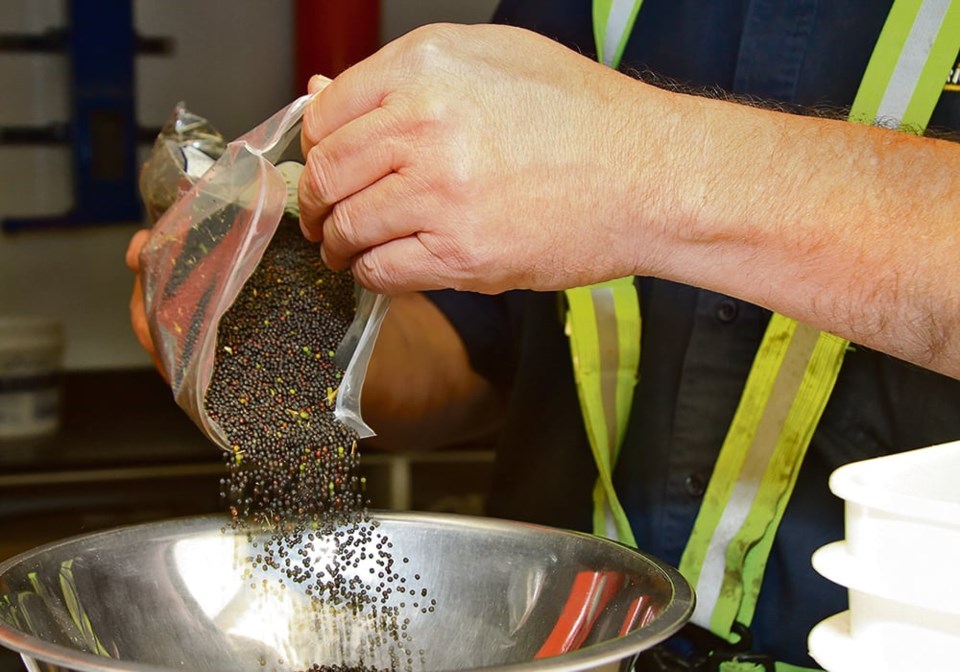The Canadian Grain Commission recently acknowledged widespread farmer unhappiness around grading decisions and reduced regulation at primary elevators by undertaking its in-country oversight initiative.
We applaud this initiative. But while it’s easy to blame grain companies and diminished commission oversight for these problems — in particular the CGC’s 2012 loss of its audit capacity based on periodic weigh-overs, inward inspection/terminal weighing and assistant commissioner enforcement — we can’t ignore the role that producers, and to a lesser extent farm organizations, played in letting this happen.
Farm organizations perhaps deserve a little slack. After all, they’re only as strong as their members and don’t often possess animated membership bases. They’re also at a permanent disadvantage in two other ways: money and access.
Grain handlers like Cargill enjoy global reach; Canadian National Railway and Canadian Pacific Railway are reputed to have more than 100 registered lobbyists in Ottawa. Producer groups struggle to compete with that kind of heavy hitting.
Then there are the issues of focus and resources. Democratic farm organizations give policy primacy to their members, but the Canada Grain Act, though addressed when required, is neither a priority nor well understood by many producers.
Meanwhile, farm organizations scurry to keep up with the torrent of legislative initiatives advanced by bigger industry players — governments, railways, grain handlers, input suppliers — and the regulatory, bureaucratic, scientific and technological agendas that drive them.
That leaves the producers themselves. Scattered across four provinces and sometimes competing farm organizations, farmer unity is rarely in the forefront.
Moreover, the CGC has far more daily contact with grain handlers than it does with producers; if the squeaky wheel gets the grease, farmers have grown increasingly silent.
Most distressing, many farmers have become cynical, viewing the CGC as just another remote government agency no more amenable to agriculture than the Canada Revenue Agency.
Collectively, producers have come to expect too little of the commission. And there’s another problem — belief that because farmers no longer own grain after it enters the pit they’re no longer entitled to systematic safeguards at the elevator or quality assurance as grain advances through the system. This belief is often tied to the end of the Pools and Canadian Wheat Board.
We couldn’t disagree more. The Canada Grain Act was created to regulate grain handling and quality “in the interests of the grain producers” three decades before establishment of the permanent single-desk CWB in 1943. Moreover, farmers controlled only a minority of grain handlings, even through the Pools, before the Second World War. But that’s the point. It was farmers’ very powerlessness in the grain handling system — because they neither owned nor controlled product beyond the country elevators — that spurred passage of the act. The landmark producer rights it conferred were legislatively unrelated to co-op grain handling or the CWB.
To suggest otherwise is inaccurate historically. To promote this view in 2023 is to be blind to the one-sided power relations of 21st century grain handling.
Only sixty-six responses were received by Agriculture Canada’s 2021 Canada Grain Act Review request for submissions. Ag Canada didn’t post these briefs so it’s impossible to know how many came from producers, but given the number of grain handlers and farm organizations, it’s a safe bet there were no more than 30 from the tens of thousands of farmers in Western Canada. That’s sparse comment from a farm clientele that’s habitually unhappy about elevator grading and dockage.
So the next time you’re complaining about elevator grading, maybe have a look in the mirror. Were you one of the 30 farmers that responded to the CGA review? If not, how do you expect the problems producers experience at primary elevators to ever be resolved?
Bruce Dodds and Cameron Goff are the authors of Restoring the Gold Standard: Addressing the post-2012 loss of CGC oversight at primary elevators, a submission to the Canadian Grain Commission’s In Country Oversight Initiative.




